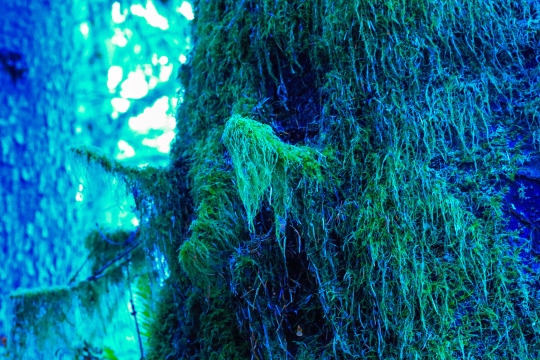#PNW native plants
Text
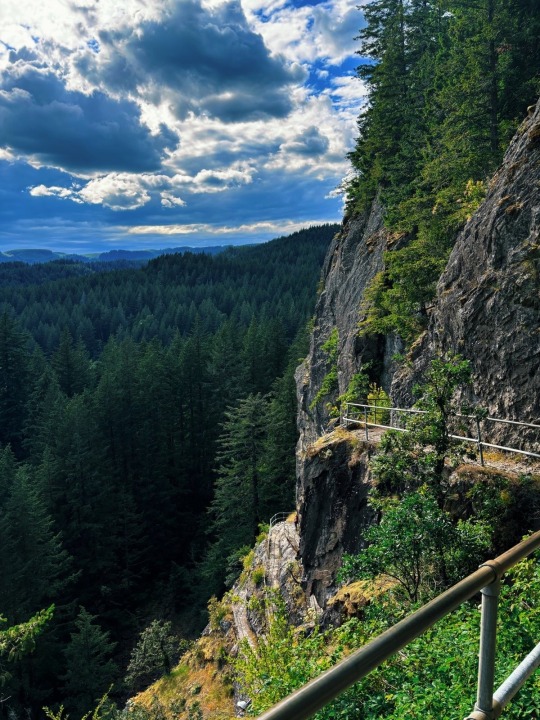
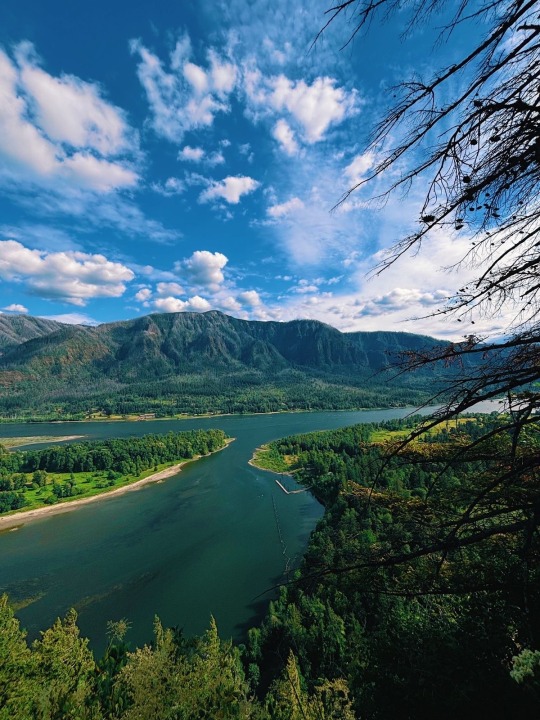
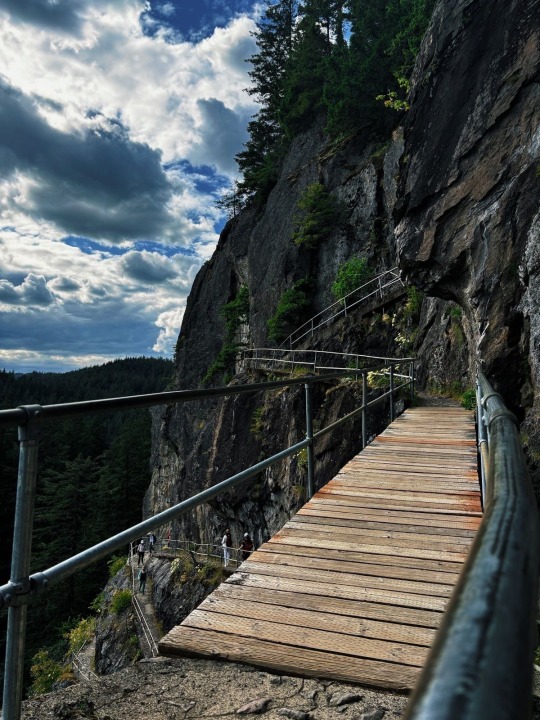

Day hike grid
Lava plug rock formation 🪨
#photography#nature#pnw photography#my post#beautiful#nature photography#travel#naturecore#nature hikes#hike#hiking#travelcore#travel the world#sunny day#summer#vacation#washington#canada#pnw native plants#river#fairy aesthetic#fairycore#trees and forests#trees#moss#rock formations#the great pnw#green#watercore#clouds
659 notes
·
View notes
Text
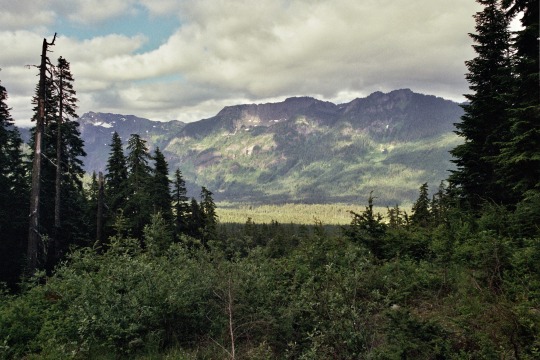

Cascadia ♥
Washington
#film photography#analogue#35mm#photographers on tumblr#original photography#mountains#washington#cascadia#pnw#pnwonderland#pacific northwest#pnw native plants#nature photography#pnwcore#pnw vibes#naturecore#alpine#landscape photography#hiking
694 notes
·
View notes
Text

my bleeding heart is very happy
12 notes
·
View notes
Text

Foxglove - Lincoln County, Oregon - February 2017
#foxglove#oregon#lincoln county#pacific northwest#the great pnw#pnw#photographers on tumblr#pnwisbeautiful#pnw native plants#pnwonderland
30 notes
·
View notes
Text

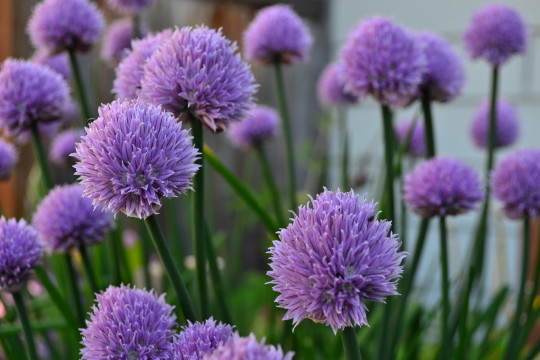
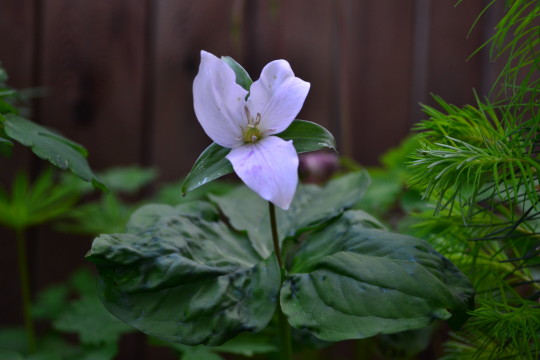

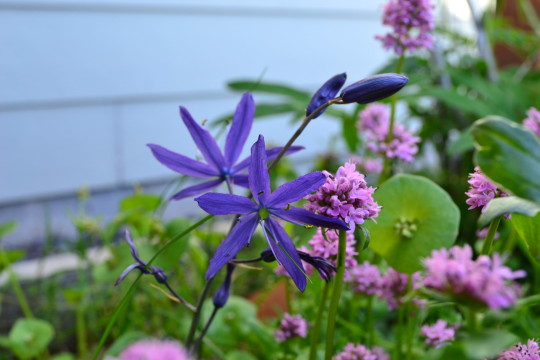
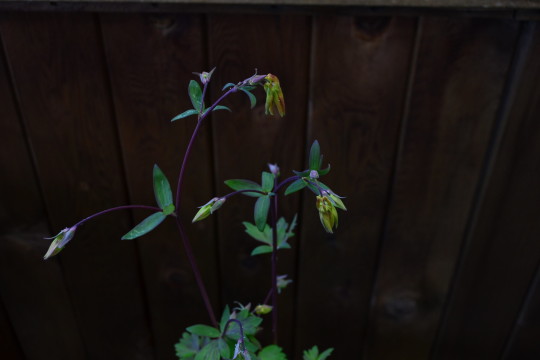
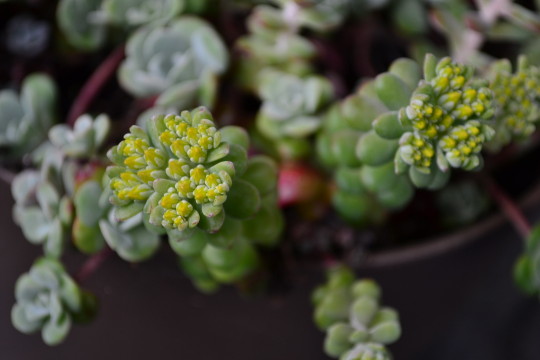


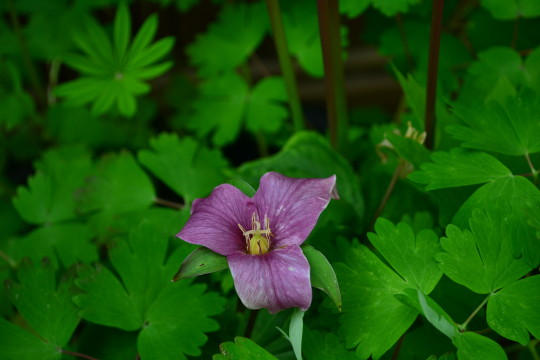
Garden 2024 Pt. 1 (Early May)
#mine#garden#trillium#sea blush#chives#self heal#camas#lupine#red columbine#mullein#stonecrop#sedum#PNW native plants#fav#may#2024
4 notes
·
View notes
Text
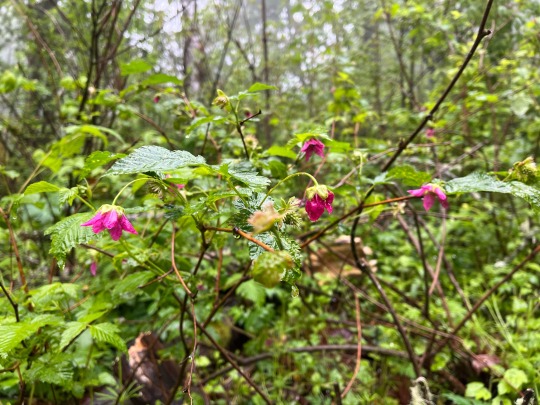

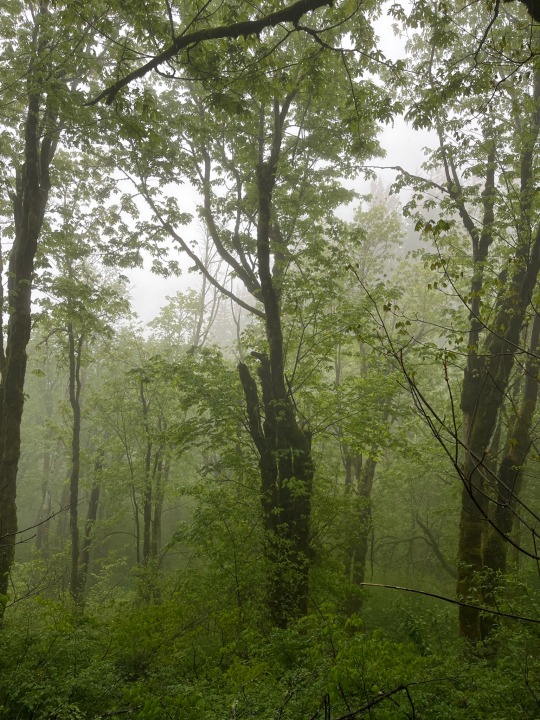


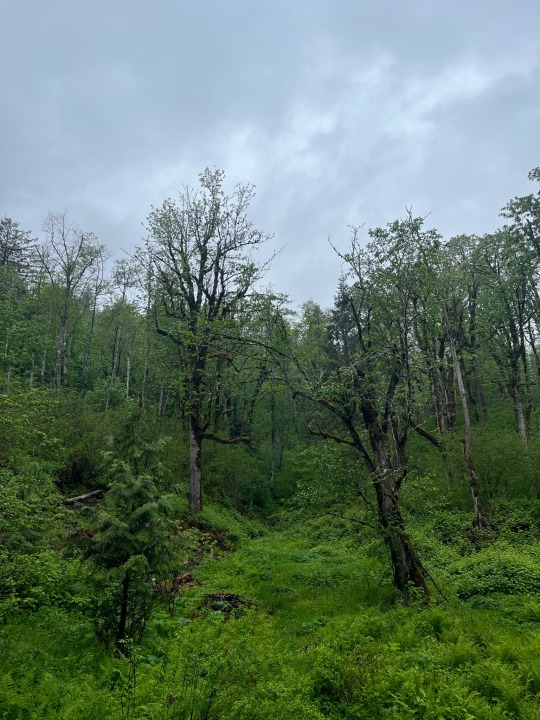
A few more from my rainy hike in the gorge yesterday 🌲💕
#spring hike#hiking#trail hiking#oregon hiking#rainy hike#west coast hiking#oregon hikes#columbia river gorge#pacific northwest#the great pnw#pnw#pnw aesthetic#pnw vibes#pnw photography#pnwonderland#pnw native plants#bleeding hearts
3 notes
·
View notes
Text

#plants#artists on tumblr#gaultheria#portrait#pnw photography#pnw native plants#pseudotsuga seed#salal flower
3 notes
·
View notes
Text

Oregon sunshine (eriophyllum lanatum ‘Siskiyou’) in my garden
#native plants#wildflowers#flowers#yellow flowers#California native plants#pnw native plants#gardening with natives#growing native plants#california wildflowers#my plants#my pics#habitat gardening#pnw wildflowers#may#2023
16 notes
·
View notes
Text

20x16 oil on canvas rainforest waterfall
#original art#painted canvas#canvas#pnw artist#pnwadventures#pnwexplored#pnwlife#oil on canvas#pnw vibes#pnwhiking#pnw#pnw gothic#pnwcore#pnwonderland#the great pnw#pnwlove#pnw native plants#pnwartist#pnwcollective#pnw aesthetic#pnwgirl#oil painting#oil landscape#oil paint#rainforest#midnight rain#waterfall#trees#evergreen trees#story time
13 notes
·
View notes
Text
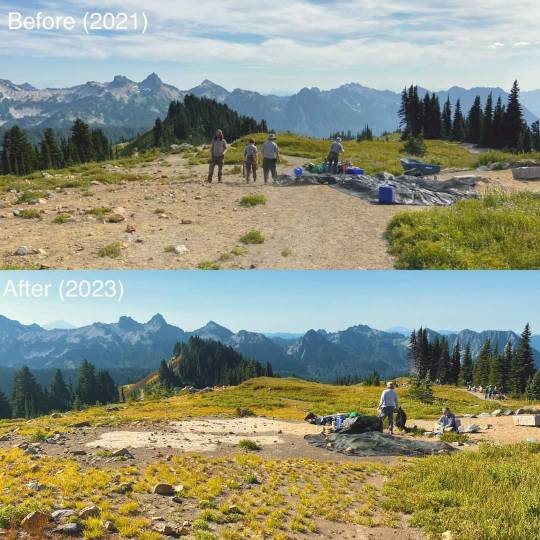
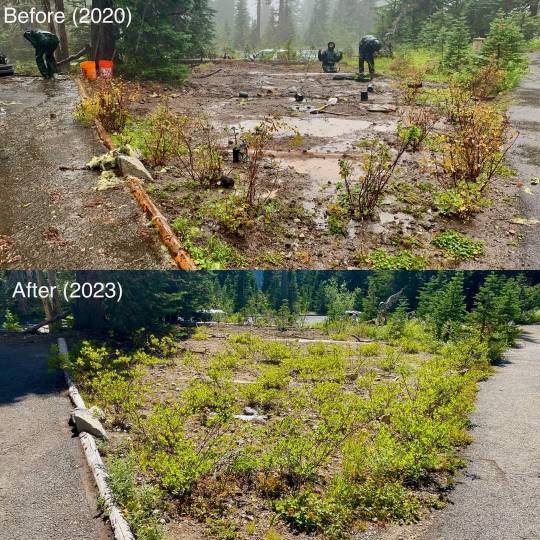
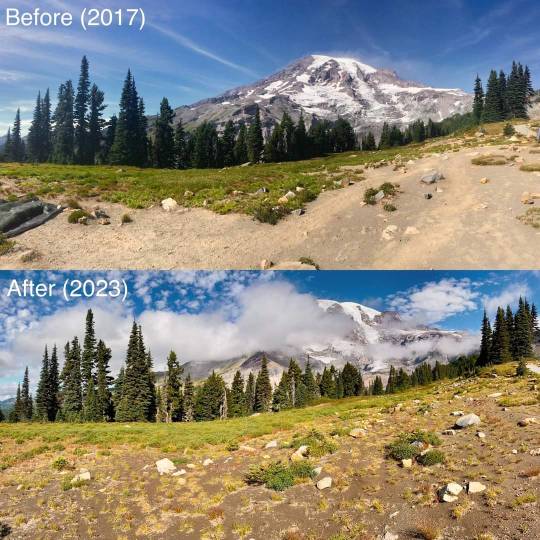

From Ranier National Park (Tahoma)
Ever wonder why subalpine vegetation is a little more sensitive to footsteps than the plants on your trails at home? Why are park employees so passionate about keeping visitors on trail even when it appears that they’re just stepping on dirt? Let’s get down to the root of things…
The beautiful & diverse vegetation you see is adapted to survive the harsh subalpine environment and has a limited growing season. Small and long-lived, these plants grow in dense patches to withstand the elements, over centuries merging to form lush subalpine meadows. Because they are covered in snow 9 months of the year, subalpine plants have a short period to grow, flower, pollinate and produce seeds. Can you imagine the stress you’d be working under with that kind of timeline? Now add in a million people crowding you on top of that. What might seem like a harmless step off trail has a greater impact than you might think.
It takes ~40,000+ plants and 2+ months to restore a small fraction of the damage that's been done from stepping off trail. Even then, it will take well over 10 years for the landscape to start mirroring what it once was. In a less heavily visited environment the vegetation could reseed itself, but our plants rarely have the chance to try. The harsh reality is that, if you are off trail, you are stepping on fragile vegetation or a bare patch of ground where a meadow is trying to regrow beneath your feet. This trampling causes nutrient loss in the soil and erosion that permanently impacts plant growth.
An increase in visitation means more people enjoying the outdoors, but also a greater impact to our fragile meadows. It can be easy to overlook the extraordinary lives of the vegetation at Mount Rainier, but educating others on what makes these plants unique is an important step in preventing meadow damage and encouraging everyone to stay on trail. It doesn't take much to destroy a meadow but can take a lifetime to bring one back.
NPS Photos showing before and after restoration projects at Paradise and Cougar Rock Campground, employees transporting plants in wheelbarrows, sorting plants, and volunteers planting at Paradise. ~ab/kl
3K notes
·
View notes
Text

Pale Swallowtail 💗
#my post#nature#photography#nature photography#pnw photography#beautiful#naturecore#butterfly#pink flowers#flowers#flower#butterflies#pale swallowtail#garden#cottagecore#cottage aesthetic#gardening#summer#sunny day#animals#baby animals#insects#get outside#outdoors#mine#colorful#green#pinkcore#pnw native plants#plantblr
335 notes
·
View notes
Photo
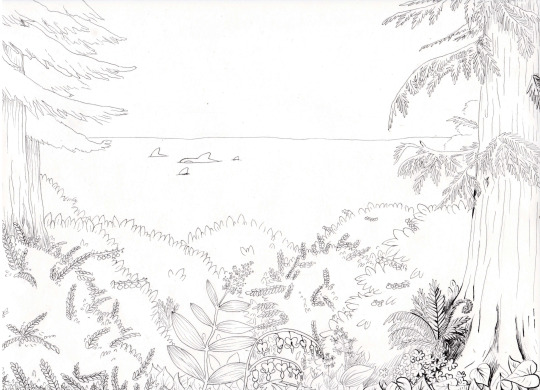

Before and after two and a half hours of adding line weight Dx
15 notes
·
View notes
Photo

Trillium ovatum - photo by me
96 notes
·
View notes






